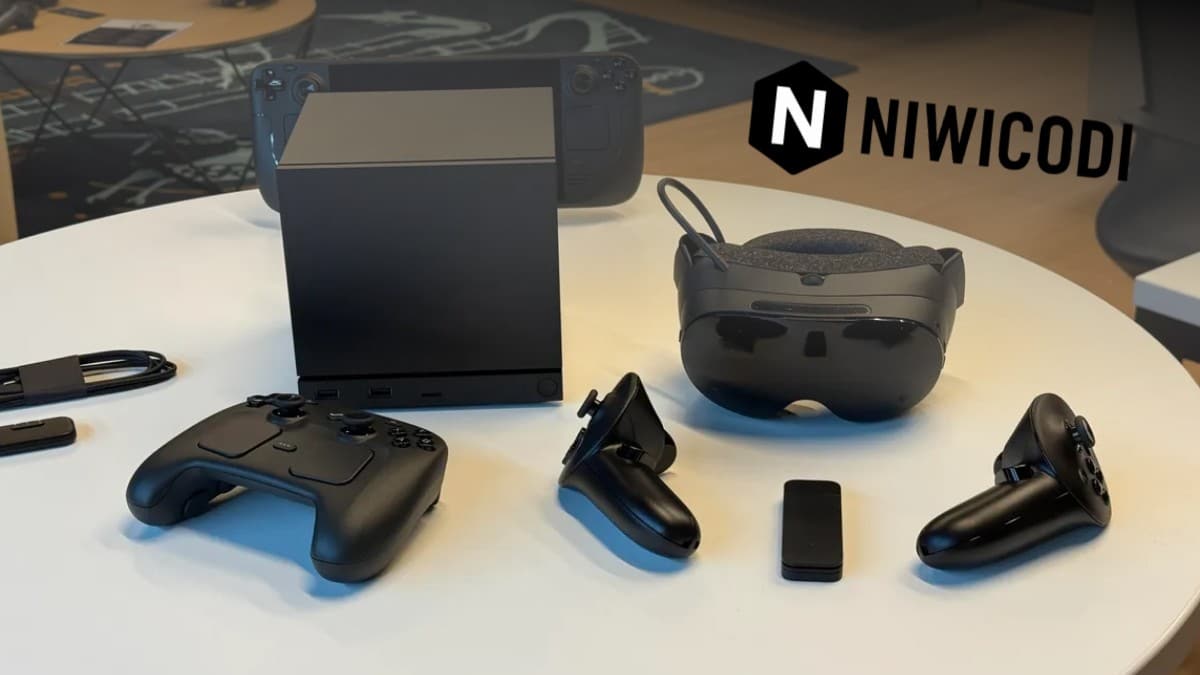Valve’s approach to hardware distribution has always been a point of intrigue, and with their latest announcement, it seems they are sticking to a proven model. As they prepare for their new hardware launches, Valve confirms that the distribution strategy will mirror what we saw with the Steam Deck, albeit with some refinements.
The Steam Machine’s Path Forward
When Valve talks about distribution, it’s not just logistics; it’s about creating an ecosystem that makes their hardware accessible and appealing. The Steam Deck’s rollout was a calculated effort to blend limited availability with high demand—an approach that fueled interest and built an exclusive aura around the device. Now, with new hardware on the horizon, Valve plans to replicate this strategy but with enhancements learned from past experiences.
At its core, Valve’s distribution model relies heavily on direct consumer engagement. By controlling the sales process through its own platform, Valve bypasses traditional retail channels. This method allows them to maintain a tight grip on pricing and customer relations, ensuring users get the most direct experience possible. It’s a textbook example of leveraging a digital storefront to facilitate hardware sales.
But there are lessons to be learned from the Steam Deck’s early days. Initial supply issues and staggered shipping left some customers waiting longer than anticipated. Valve acknowledges these hiccups and is actively working on smoothing out these kinks for future releases. This means refining manufacturing processes and streamlining logistics—an endeavor that’s critical as they expand their hardware lineup. To read This IDE backed by Y Combinator lets you code and gamble
The real story here isn’t just about distribution mechanics; it’s about how Valve continues to innovate in the gaming hardware space. By iterating on both product and process, Valve is setting itself up as a formidable player not just in software but in gaming devices as well. The company’s commitment to improving delivery systems speaks volumes about its understanding of customer expectations and market dynamics.
As Valve refines its approach, one can’t help but wonder how this will shape the broader landscape of gaming hardware distribution. Will other companies follow suit, prioritizing direct-to-consumer models over traditional retail partnerships? Or will Valve’s strategy remain unique to its brand ethos?
Ultimately, Valve’s ongoing improvements in distribution reflect a broader trend in tech: companies taking ownership of their sales pipelines to enhance user experience and brand loyalty. It’s a fascinating development that promises to keep Valve at the forefront of gaming innovation—both in making games and in delivering the devices we play them on.


